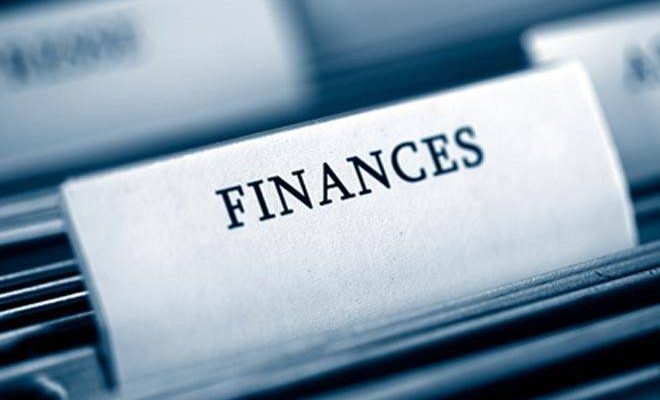 businesstoday
businesstoday
Work and Wealth
Need help with financial freedom? Revise your goals
Are you in the top 8% people? Studies have shown that 92% of people fail their New Year resolutions and goals by the 15th January, a little over two weeks after starting.
How are you tracking? Hopefully you are in the top 8%, but you may have found it too hard to pick some goals, not sure what goals to set or there could be something else holding you back. Either way, goals or no goals, it is a good time to check your financial situation which is a habit you should practice every 6 or 12 months. This involves revisiting your personal wealth and balance sheet to get a snapshot of where you stand:
Step One – Update the Personal Balance Sheet
The first step is to review your personal balance sheet, update for any changes in assets and liabilities. Start by re-assessing the current values placed on any assets:
- Cash and Bank account balances that have moved up or down
- Current value of shares using the last quoted price
- Superannuation with a number of transactions from contributions, earnings and fees.
- Cars and vehicles that will have declined in value or have you purchased/sold?
- Personal property, have you acquired some jewellery? Purchased new furniture? Remember that these should be conservative; a new $5,000 lounge couch from the showroom is not worth that much if you were to sell it.
- Any other assets you have acquired or sold
Now do the same for the liabilities, making changes to values and adding or removing any liabilities that have been taken on or paid off.
Step Two – Update your financial web
Now you need to make sure you have your financial web accurate. If you have had changes to subscriptions, direct debit, etc. then make the change to your existing web or create a new version. While it’s not the most exciting task, it does keep you informed and on top of exactly how you are managing your finances and can refer to it at any point you need.
Step Three – Align or revise
So you’ve got your updated personal balance sheet, you know how your financial web is working….. how does this fit with your financial goals or the financial goals you should be setting?
Say you want to increase savings by 15% in 2017 (immediate goals), the personal balance sheet will be the way to measure if this is achieved by either total wealth growing 15% (if all other components are unchanged) or at least your cash savings account grow by this amount.
The balance sheet review process will mean you measure the results on a regular basis for a successful or unsuccessful outcome. You also should have an idea of whether or not the financial web offers an opportunity to assist achieving this goal. Is there a subscription service you can remove to save more or can you have the 15% of your salary paid directly into the savings account to automate a successful outcome (and not let you potentially spend it in the meantime!)?
If you’ve set your financial goals and are on track to successfully achieving them, well done! If you’re struggling to work out what to do or can’t find the motivation, then try the exercise I’ve outlines above.
Taking action, even if it feels small, is the first step towards the goal.
Want to see more of Tyson’s finance advice? Click here
Keep up up-to-date with daily posts and upcoming news by following The Merry Go Round on Facebook, Instagram, Twitter or Pinterest.
Comments
Tyson works as a Chartered Accountant. When he isn’t chained to the desk he enjoys running, shooting hoops or spending far too much time studying fantasy sports. Tyson is a father, sports fan and co-founder of Brewers Feast a Melbourne craft beer and food festival.
























0 comments